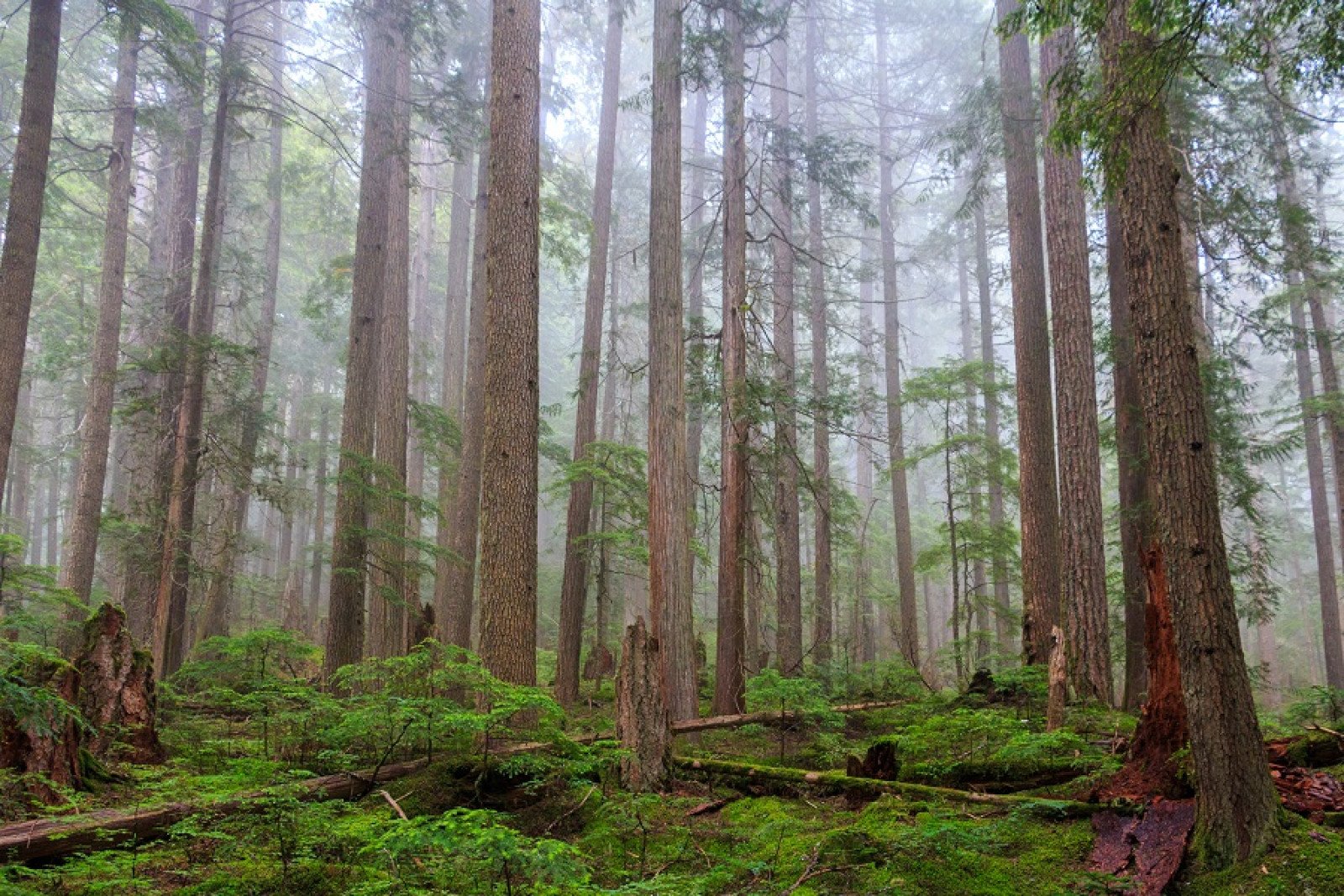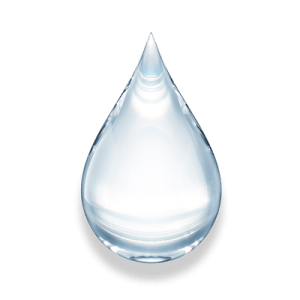Earth systems and our electricity
Illustrate how various forms of generating electricity interact with the geosphere, atmosphere, ecosphere, and hydrosphere.

Overview
Students start by reviewing descriptions of the geosphere, hydrosphere, ecosphere, and atmosphere. Students then illustrate the relationships and interactions between each of the systems and a tree. Using that process as a model, students then decide which illustration best represents the relationships and interactions between each of the systems and various methods of generating electricity.
Instructions
What you'll need
- "Earth systems and our electricity" worksheets, see modifications and extensions
- "Energy generation" handout, one copy for each pair of students
- "Earth systems and our electricity" slideshow
- Digital projector and screen
- Prepare to display the "Earth systems and our electricity" slideshow, and organize your students into pairs and show slide 2. Briefly explain that each of the Earth’s systems contributes to the growth of a western red cedar tree, and that the tree can contribute to each of the systems.
- Show slide 3 and ask students to suggest which arrow best represents the relationship between the hydrosphere and the tree. Briefly explain that the size of arrow should represent the size of the contribution that the hydrosphere makes to the growth of the tree. Invite groups to share their decisions and thinking with the class.
- Ask groups to think of other examples of the relationships that might exist between each system and the tree. For example, students might suggest that the hydrosphere contributes to the growth of the tree, and that the tree contributes to the hydrosphere by purifying water.
- As groups share their ideas with the class, invite them to suggest how the arrows could be designed to show:
- The direction of the interaction
- The nature of the interaction
- The size or magnitude of the interactions
If an interactive display is being used to display slide 3, consider asking students to draw their arrows directly on the display.
- Show slide 4 and discuss the interactions that each of the arrows might show.
- Provide each group with the worksheets and a copy of the "Energy generation" handout.
- Show slide 5 and explain that the challenge of this activity is similar to what they’ve just practiced by thinking about the tree: the task is to determine which form of energy is best represented by the relationships and interactions shown on each worksheet.
- Invite groups to share their decisions with the class, reminding them to use details from the "Energy generation" handout and other scientific information to support their thinking. Do not reveal the forms of electricity generation pictured on each worksheet when you handout the worksheets.
- Conclude the activity by inviting groups to suggest which of Earth’s systems is most positively and negatively affected by each method of generating electricity.
Modify or extend this activity
Extensions
- Invite students to assess which methods of power generation have the greatest positive and negative impacts on the Earth’s systems.
- Ask students to research and note additional data or information on each of the arrows as support for their decisions.
Modifications
- Assign one form of energy generation to each student group.
Curriculum Fit
Earth Sciences 11
Big idea
- Earth materials are changed as they cycle through the geosphere and are used as resources, with economic and environmental implications.
- The distribution of water has a major influence on weather and climate.
Content
- The hydrologic cycle
- Solar radiation interactions and impacts on the energy budget
- Changes in the composition of the atmosphere due to natural and human causes
- Weather as the interaction of water, air, and energy transfer
Curriculum competencies
Questioning and predicting
- Demonstrate a sustained intellectual curiosity about a scientific topic or problem of personal, local, or global interest
- Make observations aimed at identifying their own questions, including increasingly abstract ones, about the natural world
- Formulate multiple hypotheses and predict multiple outcomes
Processing and analyzing data and information
- Construct, analyze, and interpret graphs, models, and/or diagrams
- Use knowledge of scientific concepts to draw conclusions that are consistent with evidence
- Analyze cause-and-effect relationships
Applying and innovating
- Implement multiple strategies to solve problems in real-life, applied, and conceptual situations
Communicating
- Communicate scientific ideas and information, and perhaps a suggested course of action, for a specific purpose and audience, constructing evidence-based arguments and using appropriate scientific language, conventions, and representations
Science 10
Big idea
- Energy is conserved, and its transformation can affect living things and the environment.
Content
- Local and global impacts of energy transformations from technologies.
Assessments
Assess your students’ abilities to:
- Use scientific evidence to guide and support decisions
- Identify cause and effect relationships present in interactions during energy generation
Teaching Notes
This activity is meant to introduce or consolidate learning about relationships and interactions between the Earth’s systems and various forms of electricity generation.
Answer key:
- Worksheet A - Geothermal Energy
- Worksheet B - Hydroelectric Energy
- Worksheet C - Nuclear Energy
- Worksheet D - Wind Energy
- Worksheet E - Solar Energy







